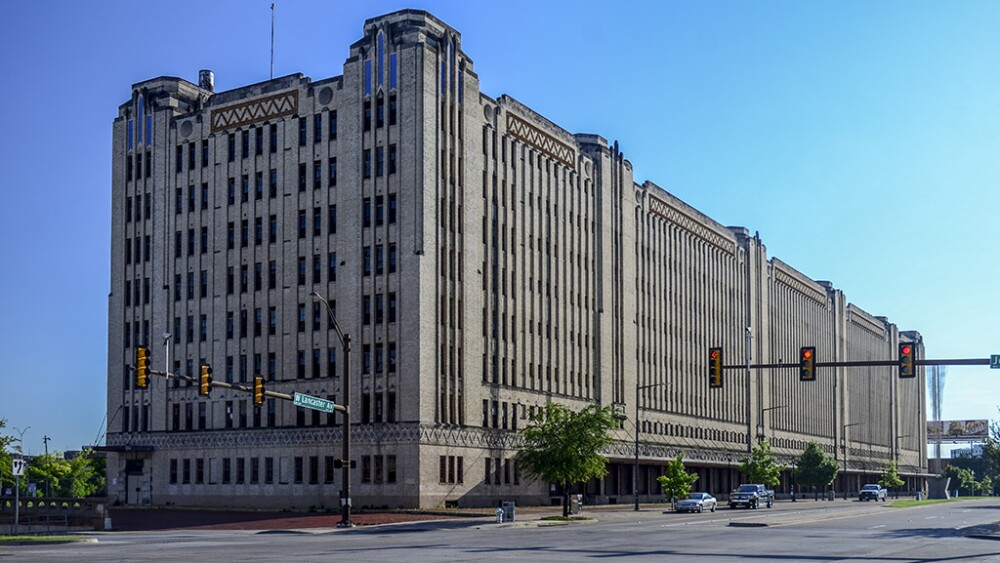Recently, we asked you which vacant office spaces around town you’d recommend be converted to affordable housing. You know, the empty buildings you pass daily on your morning commute and think “that would make a great blank.” As usual, you did not disappoint. Here are the three spots you thought could make hot homes.

Constructed in 1931, the Texas & Pacific Warehouse is listed on the National Register of Historic Places.
Photo by Architecture in Fort Worth
The hot spots
Bewley Mills, submitted anonymously
The remnants of an abandoned flour mill at 1000 Harding St. is just itching for someone to redevelop the 4.6-acre property centrally located between Butler Place and downtown.
T&P Warehouse, submitted by Kate M.
Constructed in 1931, downtown’s Texas & Pacific Warehouse is a local Highly Significant Endangered Landmark and listed on the National Register of Historic Places. It has been vacant since 1998.
The big picture
In case you missed it, the White House recently released a new plan to convert vacant commercial buildings into residential housing through resources like:
- Grants: Funding from the government can help cover the costs of land acquisition and construction. For example, the Community Development Block Grant Program provides annual grants to fund housing projects.
- Land dispositions: Transferring property to local governments, non-profits, and for-profit developers can reduce the cost of affordable housing.
- Taxes: When transforming office space into housing, systems like plumbing, heating, and cooling typically need replacing. This can be an opportunity to improve energy efficiency — which can be rewarded with tax incentives and credits.
There are more resources than we could list — 20+ programs across multiple agencies. Good thing all the current federal resources are consolidated into this guidebook.











